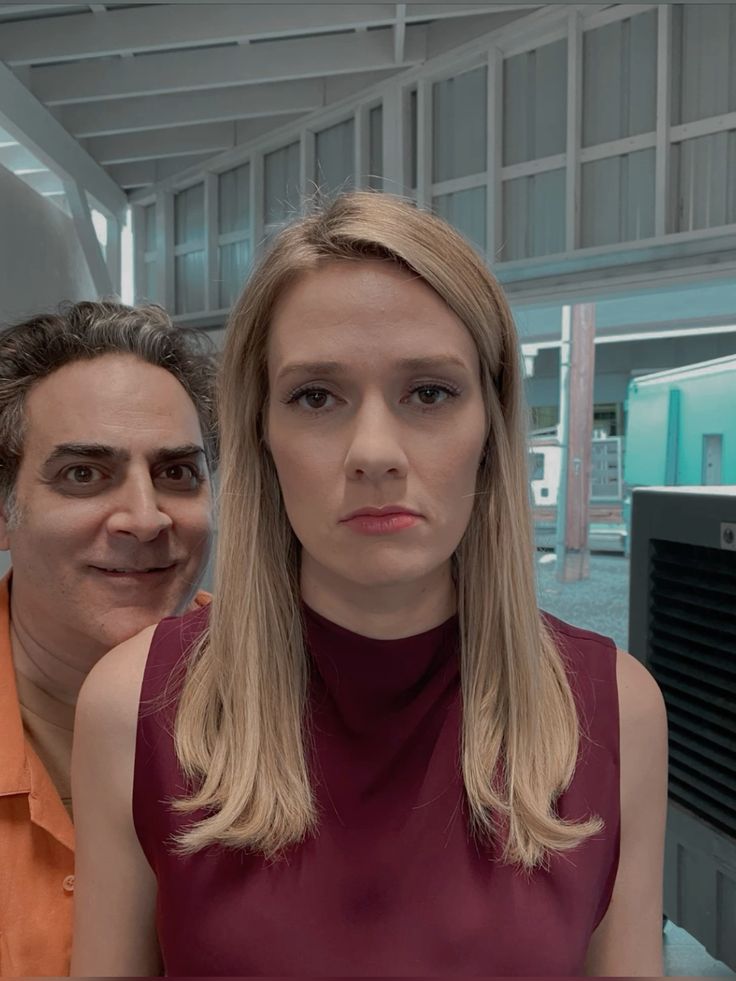
When the Lights Go Out in Paradise
Hawaiʻi, often known for its breathtaking beaches, lush mountains, and cinematic sunsets, has long been a favorite backdrop for major Hollywood productions. But when one of its most successful TV shows suddenly got canceled, it didn’t just end a season—it ended an era. The islands that once buzzed with camera crews, trailers, and production sets have gone eerily quiet.
This isn’t just about entertainment—it’s about an entire ecosystem of workers, small businesses, and communities now left in limbo.
A Sudden End That Shocked the Industry
The unexpected cancellation of the hit Hawaiʻi-based TV series stunned both fans and industry insiders. For years, the show had been more than just a prime-time success; it was a cultural and economic lifeline for the state’s production scene.
Without warning, the curtain fell, leaving behind confusion, heartbreak, and a ripple effect that no one saw coming.
Hawaiʻi’s Rise as a Filming Hotspot
Before the silence, Hawaiʻi was booming. Productions like Hawaii Five-0, Magnum P.I., and Lost turned the islands into a Hollywood favorite. The combination of stunning visuals and generous tax incentives attracted studios eager to make their mark in paradise.
From bustling Honolulu streets to remote beaches on Oʻahu and Kauaʻi, film crews brought life—and money—to local communities.
The Economic Engine Behind the Camera
Each episode produced in Hawaiʻi meant hundreds of local jobs—from camera operators and makeup artists to food vendors and hotel staff.
According to past production reports, a single season could inject tens of millions of dollars into the local economy. So when the show ended abruptly, it wasn’t just actors who felt the hit—it was the island’s entire working class connected to the industry.
The Cancellation Heard Around the Islands
When news broke that the network had pulled the plug, it hit like a tropical storm. Cast members expressed sadness, fans launched petitions, and local workers scrambled to find new projects.
The timing couldn’t have been worse. Hawaiʻi was already recovering from global tourism slumps and natural disasters, making this production halt even more painful.
“It Feels Like Losing Family” – The Human Side
Crew members described the show as more than just a job—it was a second family. The cancellation felt personal.
For many who had spent years on set, the production became part of their identity and livelihood. Now, without it, some are considering leaving the islands altogether to find work elsewhere.
The Domino Effect on Local Businesses
Hotels and Rentals Go Empty
Production crews filled hotels, rental homes, and short-term accommodations for months at a time. Without them, occupancy rates have dropped.
Restaurants and Caterers Feel the Sting
Feeding hundreds of crew members daily was a steady source of income for local caterers. With productions gone, that business vanished overnight.
Equipment and Transport Companies at a Standstill
Hawaiʻi’s small network of film equipment suppliers, drivers, and logistics companies are now struggling to stay afloat with no new shoots on the horizon.
Why the Show Was Canceled
While networks rarely give full explanations, insiders suggest that budget cuts, declining viewership, and shifting studio priorities played a role.
Filming in Hawaiʻi, though visually stunning, is costly. Remote logistics, high shipping costs, and union requirements make it an expensive location compared to mainland alternatives.
The Streaming Wars Didn’t Help
The rise of streaming platforms has forced studios to rethink their strategies. Many are cutting long-running shows to make room for new, trendier content. Unfortunately, that means even successful productions can fall victim to financial restructuring.
The Silence That Followed
Walking through the once-bustling film lots now feels like visiting a ghost town. Trailers sit unused, sets are dismantled, and sound stages are empty.
For locals who once heard the daily hum of film activity, the quiet is haunting—a reminder of how fragile creative industries can be.
Community Impact Beyond Entertainment
The absence of production goes beyond economics. It affects morale. For years, locals took pride in seeing their home featured on screen. Now, that pride has turned into a collective sigh of disappointment.
Can Hawaiʻi’s Film Industry Recover?
Experts believe recovery is possible—but it will take time and investment. Hawaiʻi still offers what few other locations can: natural beauty, cultural richness, and a unique storytelling backdrop.
With the right incentives and government support, new productions could once again find their way back to the islands.
Calls for State Action
Industry leaders are urging lawmakers to increase tax credits and invest in local training programs to attract future productions. Without competitive incentives, Hawaiʻi risks losing its status as a filming paradise.
Independent Filmmakers Step Up
Interestingly, smaller independent projects have started filling the gap. Local filmmakers are telling authentic Hawaiian stories, often with smaller budgets but bigger heart. These grassroots efforts could mark a new chapter for the islands’ creative community.

The Emotional Toll on Fans
Fans who followed the show for years felt blindsided. Social media flooded with messages of heartbreak, fan theories, and pleas for a revival.
For many, the show wasn’t just entertainment—it was escapism, a window into island life they dreamed of visiting someday.
Online Campaigns and Revival Hopes
Petitions to bring the show back gained thousands of signatures. While no network has announced plans for revival, fan engagement shows just how much the series meant to its audience.
Lessons From the Fallout
The sudden silence in Hawaiʻi’s production hub is a cautionary tale for the global entertainment industry.
When one show sustains an entire local economy, its cancellation reveals just how dependent communities can become on Hollywood’s presence.
Diversification Is Key
Experts suggest Hawaiʻi must diversify its creative economy—investing in digital media, gaming, and animation—to reduce dependency on large studio productions.
Conclusion: The Spirit of Hawaiʻi Still Shines
While the cameras have stopped rolling, Hawaiʻi’s creative spirit remains alive. The islands have always been a place of resilience and reinvention.
The show’s cancellation might have silenced the production hub for now, but it also ignites a new conversation: how can Hawaiʻi build a sustainable, self-reliant film industry that tells its own stories on its own terms?
